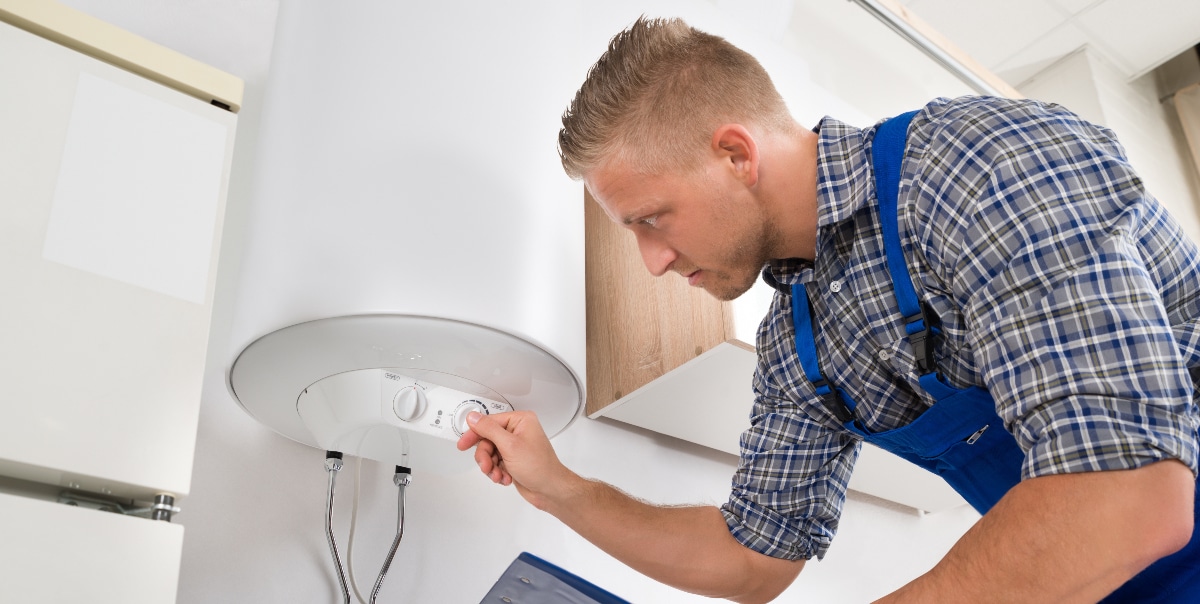Caring for Your Home's Hot Water System: Essential TipsEasy Steps to Maintaining Your Home's Hot Water SystemSteps to Properly Maintain Your Home's Hot Water System
Caring for Your Home's Hot Water System: Essential TipsEasy Steps to Maintaining Your Home's Hot Water SystemSteps to Properly Maintain Your Home's Hot Water System
Blog Article
Everyone has their unique perception involving Tips For Maintaining Your Hot Water Heater.

Hot water is crucial for everyday convenience, whether it's for a rejuvenating shower or cleaning dishes. To guarantee your hot water system runs successfully and lasts much longer, regular upkeep is vital. This post offers sensible ideas and insights on exactly how to keep your home's hot water system to avoid disruptions and costly fixings.
Introduction
Keeping your home's hot water system could seem challenging, but with a couple of easy steps, you can ensure it runs smoothly for years ahead. This guide covers whatever from comprehending your hot water system to DIY maintenance suggestions and understanding when to employ professional aid.
Relevance of Keeping Your Hot Water System
Routine maintenance not only expands the life expectancy of your warm water system yet additionally ensures it runs effectively. Ignoring maintenance can cause lowered performance, higher energy bills, and even early failing of the system.
Indicators Your Warm Water System Needs Maintenance
Recognizing when your warm water system requires attention can prevent significant concerns. Keep an eye out for indicators such as inconsistent water temperature, odd sounds from the heater, or rustic water.
Recognizing Your Warm Water System
Before diving right into upkeep jobs, it's useful to comprehend the standard components of your hot water system. Generally, this includes the hot water heater itself, pipelines, anode rods, and temperature controls.
Monthly Maintenance Tasks
Routine monthly checks can assist capture minor problems before they escalate.
Flushing the Water Heater
Flushing your water heater gets rid of debris accumulation, improving performance and prolonging its life.
Checking and Changing Anode Rods
Anode poles stop rust inside the storage tank. Evaluating and changing them when broken is critical.
Examining and Changing Temperature Settings
Adjusting the temperature level settings guarantees optimum performance and safety and security.
DIY Tips for Upkeep
You can carry out numerous upkeep tasks on your own to keep your warm water system in top condition.
Looking for Leakages
Consistently check pipes and links for leakages, as these can bring about water damage and higher bills.
Examining Stress Relief Valves
Evaluating the pressure relief valve guarantees it works properly and prevents too much stress buildup.
Insulating Pipelines
Protecting warm water pipes reduces warmth loss and can conserve energy.
When to Call a Specialist
While DIY upkeep is helpful, some issues call for professional expertise.
Complex Problems Requiring Expert Aid
Examples consist of major leakages, electrical troubles, or if your water heater is constantly underperforming.
Routine Expert Maintenance Perks
Professional upkeep can include detailed evaluations, tune-ups, and ensuring conformity with safety requirements.
Verdict
Regular upkeep of your home's hot water system is crucial for efficiency, durability, and price savings. By adhering to these ideas and knowing when to look for professional assistance, you can make certain a reputable supply of hot water without unforeseen disruptions.
How to Maintain an Instant Hot Water Heater
Before tinkering with your hot water heater, make sure that it’s not powered on. You also have to turn off the main circuit breaker and shut off the main gas line to prevent accidents. Also turn off the water valves connected to your unit to prevent water from flowing into and out of the appliance. 2. When you’re done, you have to detach the purge valves’ caps. These look like the letter “T” and are situated on either side of the water valves. Doing so will release any pressure that has accumulated inside the valves while at the same time avoid hot water from shooting out and burning your skin. 3. When the purge valves’ caps are removed, you have to connect your hosing lines to the valves. Your unit should have come with three hoses but if it didn’t, you can purchase these things from any hardware or home repair shops. You can also get them from retail stores that sell water heating systems. Read the user’s manual and follow it to complete this task properly. When the hosing lines are connected, open the purge port’s valves. 4. You should never use harsh chemical cleaners or solutions when cleaning your unit. Make use of white vinegar instead. It should be undiluted and you’ll probably use about 2 gallons. 5. Now flush your water heater. This task should probably take about 40 minutes. We can’t give you specific directions for this because the procedure is carried out depending on the type, model and brand of your heater. With that being said, refer to the user’s manual. 6. When you’re done draining the unit, you have to turn off the purge port valves again. Remove the hosing lines that you earlier installed on each of the water valves. Put the valve caps (purge port) back in their respective places and be very careful so as not to damage the rubber discs that are found inside these caps. 7. Now that everything’s back in place, check your user’s manual again to find out how to reactivate your water heating system. 8. Once it is working, turn one of your hot water faucets on just to let air pass through the heater’s water supply pipes. Leave the tap on until water flows smoothly out of it. https://www.orrplumbing.com/blog/2014/september/how-to-maintain-an-instant-hot-water-heater/

Do you appreciate reading up on Tips on Maintaining a Water Heater? Give feedback further down. We will be pleased to find out your opinions about this write-up. We hope that you visit us again in the near future. Sharing is good. Who knows, you may just be helping someone out. We thank you for your readership.
Call Today Report this page